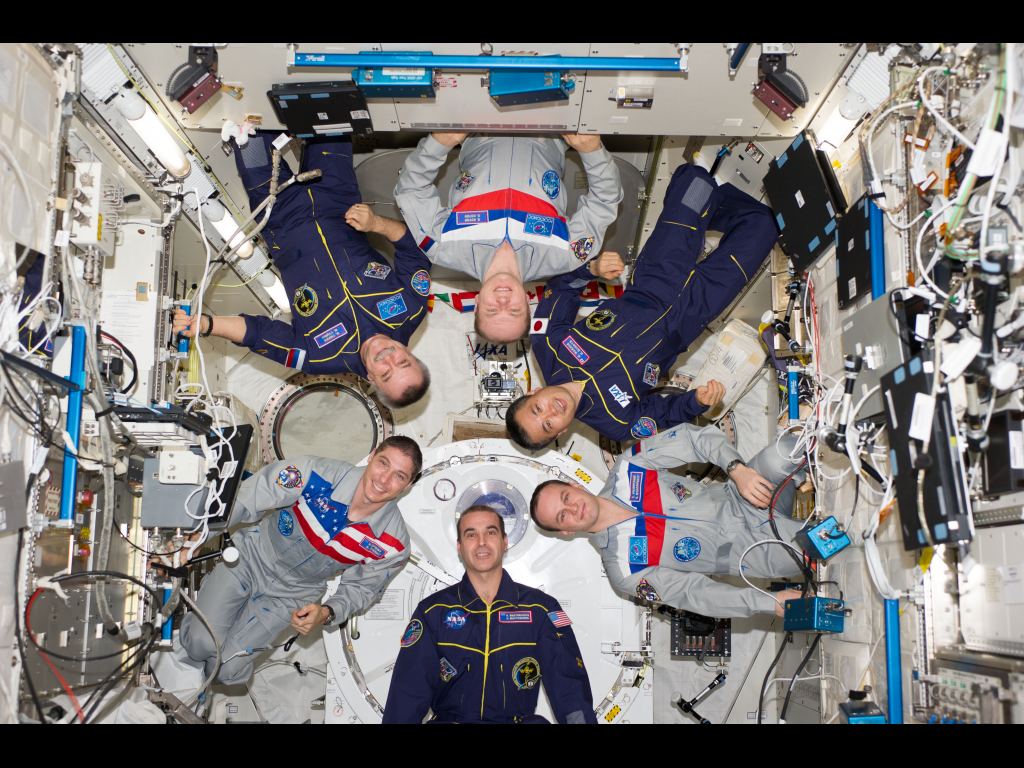Today, via a leaked email from SpaceRef, it was announced that NASA would “suspend” communication with Russia due to the Russian violation of Ukraine’s sovereignty. This comes despite NASA chief Charles Bolden saying that politics on Earth would not interfere with space relations. The email is below:
“Given Russia’s ongoing violation of Ukraine’s sovereignty and territorial integrity, until further notice, the U.S. Government has determined that all NASA contacts with Russian Government representatives are suspended, unless the activity has been specifically excepted. This suspension includes NASA travel to Russia and visits by Russian Government representatives to NASA facilities, bilateral meetings, email, and teleconferences or videoconferences. At the present time, only operational International Space Station activities have been excepted. In addition, multilateral meetings held outside of Russia that may include Russian participation are not precluded under the present guidance. If desired, our office will assist in communication with Russian entities regarding this suspension of activities.”
Astronaut Chris Hadfield tweeted:
[embedtweet id=”451448476027473920″]
The United State’s space program history is inextricably linked to Russia — then the U.S.S.R. On October 4, 1957 Soviet Russia sent the first satellite, Sputnik, into space. From there the “space race,” as it is known, was on. In July of 1958 the U.S. Congress passed the National Aeronautics and Space Act , and nearly a year after Sputnik’s launch on the first of October, the National Aeronautics Space Administration was born.
The “space race” played a prominent role in national security and foreign relations during the Cold War. Despite the fear and tension that Sputnik evoked for Americans, eventually space would become a place for cooperation between the U.S.A. and U.S.S.R. According to a NASA article written by Roald Sagdeev of University of Maryland and Susan Eisenhower:
“Despite the continued space competition between the United States and U.S.S.R., Khrushchev sent Kennedy a letter raising the possibility of space cooperation on a modest level after John Glenn became the first American to orbit Earth on Feb. 20, 1962. That led to two rounds of discussions between NASA’s Deputy Administrator Hugh Dryden and Soviet academician Blagonravov. An agreement led to the opening of cooperation in three areas: 1) the exchange of weather data from satellites and the eventual coordinated launching of meteorological satellites; 2) a joint effort to map the geomagnetic field of Earth; and 3) cooperation in the experimental relay of communications. This link became a primary forum for subsequent U.S.-U.S.S.R. interaction on space.”
A long history of space cooperation and tension, which can (and should) be read at NASA, culminated in April of 1987 with the U.S. signing a five-year agreement on space cooperation. In 1993, Russia and the U.S. merged their space stations together to create the International Space Station.
Cutting NASA’s contact with Russian space officials is the latest in the United States’s strong response to Putin’s unacceptable land grab; economic sanctions are also currently in place.
Since 2011 NASA has relied on Russia to send astronauts into space. It is unclear if this current move will impact future missions, or future plans for a U.S. shuttle program. According to Phys.org Bolden is using the current crisis as a springboard to push for a new taxi program. Bolden argued:
“[H]e argued that if Congress had fully funded NASA’s taxi service, the agency would have the option to pay U.S. companies, such as Boeing and SpaceX, for these flights much sooner instead of relying on Russia. NASA has paid Russia to transport its astronauts since the U.S. retired the space shuttle in 2011.”
On March 25, International Space Station Expedition 39 commenced — consisting of both cosmonauts and an astronauts. As of now the cut communication on the ground does not apply to the space above Earth’s atmosphere.

